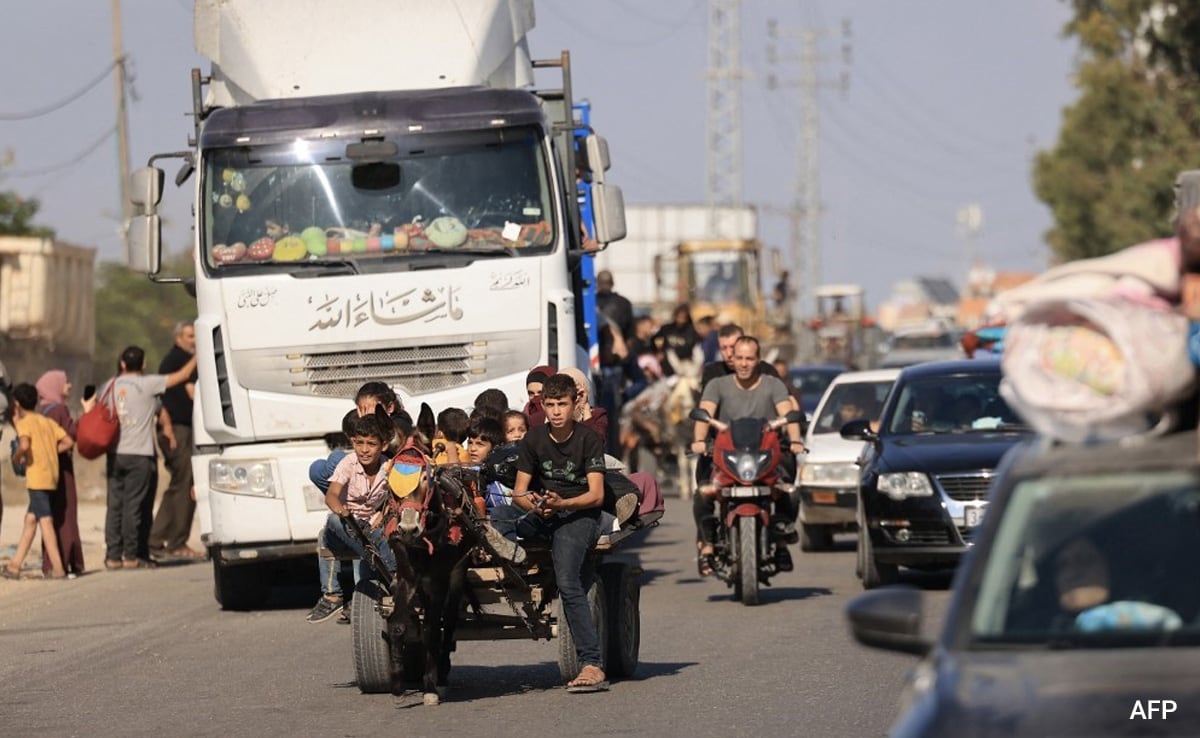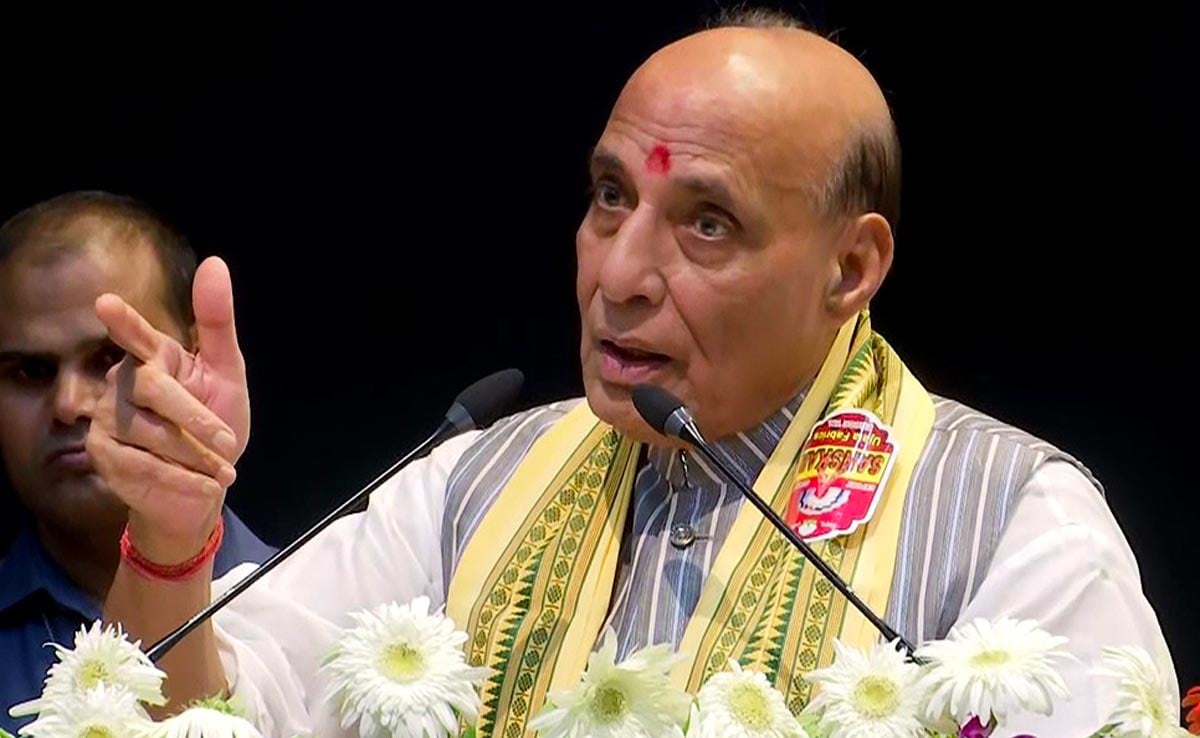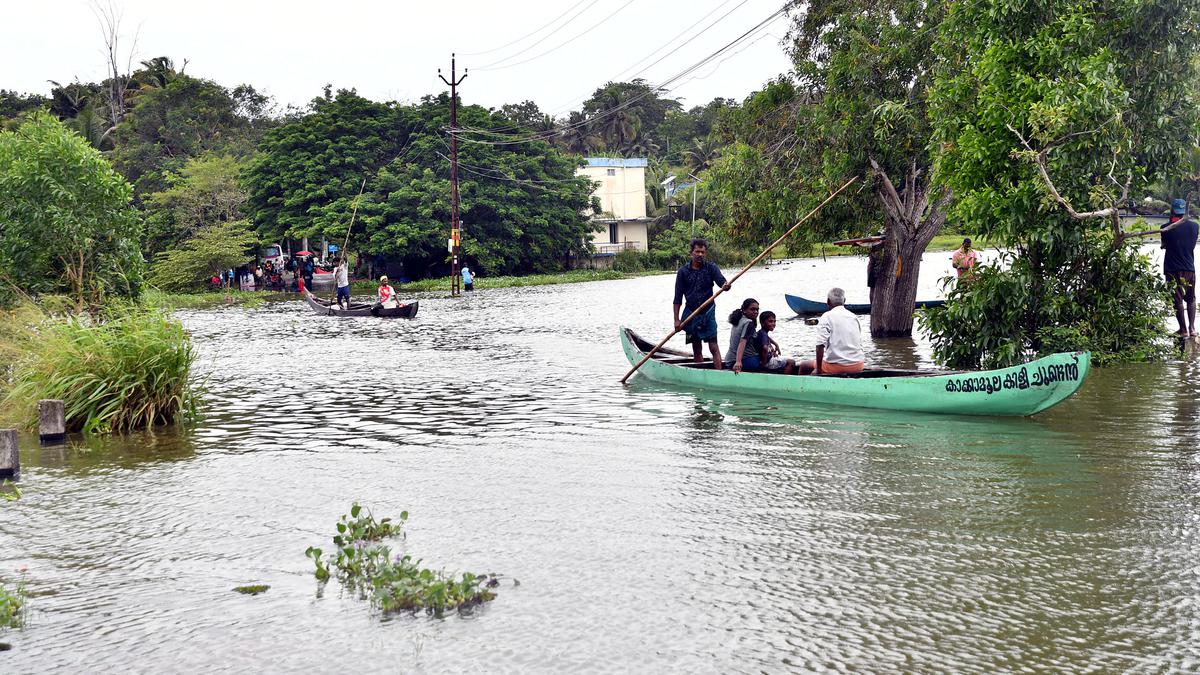A study of 1,482 TB patients across four states revealed shockingly high rates of catastrophic costs, with 30% to 61% experiencing financial hardship exceeding 20% of pre-TB annual household income mainly due to delays in diagnosis and income loss because of unemployment during long TB treatment.
The study was conducted by the George Institute for Global Health, New Delhi, Indira Gandhi Government Medical College (Nagpur), and the London School of Hygiene and Tropical Medicine (UK) and studied the patients from Assam, Maharashtra, Tamil Nadu, and West Bengal for two years between March 2019 and September 2022. Of the cohort, 529 patients from the general population, 526 patients from urban slum areas and 427 patients from tea garden areas, from 118 TB units and 182 tea gardens across 16 districts from four states. Results of the study were published in the journal PLOS Global Public Health.
The study notes that of particular concern was the fact that for over half of the participants who faced catastrophic cost, costs became catastrophic even before commencing TB treatment due to delays in diagnosis.
“The average delay of seven-nine weeks from symptom onset to treatment initiation, twice the accepted delay period, resulted in substantial financial burdens from repeated consultations, tests, and travel expenses… During that period, they made an average eight to eleven visits to different providers…,” it states.
“Reason of much higher pretreatment cost for extra-pulmonary TB patients was expenses incurred in tests for confirming TB, like CT scan, MRI and biopsy, as they were not available in government hospitals and patients relied on private labs for these tests,” the study says.
A delay of seven-nine weeks from TB symptom onset to treatment initiation was much higher than generally accepted period of delay of four weeks. “During this period, study participants made several visits to different providers and spent money and time, which was a major contributor to catastrophic cost,” the study notes.
According to the human capital approach, which measures lost productivity but does not capture indirect costs due to reduced productivity, for patients among the general population, treatment cost (out-of-pocket expenditure) ranged between Rs.32,829-Rs.34,315. For urban slum dwellers this ranged from Rs 30,782-Rs.30,806, while for tea garden workers this was Rs.22,981-Rs.29,960.
In the output approach, which was the second form of modelling, reduced productivity in the form of income loss was captured and treatment costs soared to Rs.30,347 for tea garden families, Rs.57.992 for urban slum dwellers and Rs.61,181 for general population patients.
Most tea garden families and slum dwellers had pre-TB annual income ranging from under Rs.50,000 to under Rs.2,50,000, and a total cost of treating TB which ranged from under Rs.50,000 to Rs.1,00,000.
The patients were interviewed during five to six months of treatment and about one-year post treatment. Parameters like their pre-TB annual household income, wealth quintile, health insurance, type of TB, delay from symptom onset to treatment initiation, direct cost of TB treatment and residential status, coping strategies to manage cost of the disease – like reducing consumption, other household members start working, pulling out children from school, private tuition, running up account in shop, move to lower rent accommodation, could not pay electricity, mobile, gas, bills and so on, were probed.
This delay can be reduced by ensuring early case detection through intense engagement with private providers as 71-75% of our study participants from general population and urban slum dwellers first visited private providers after symptom onset and through active case finding.
Further, reimbursement of expenses incurred in the pre-treatment phase through health insurance can also protect TB patients from the devastating economic consequences. However, the study showed poor health insurance coverage and limited usage among study participants, therefore, improved insurance coverage and reimbursement of expenses through insurance can play a crucial role in reducing catastrophic cost.


















